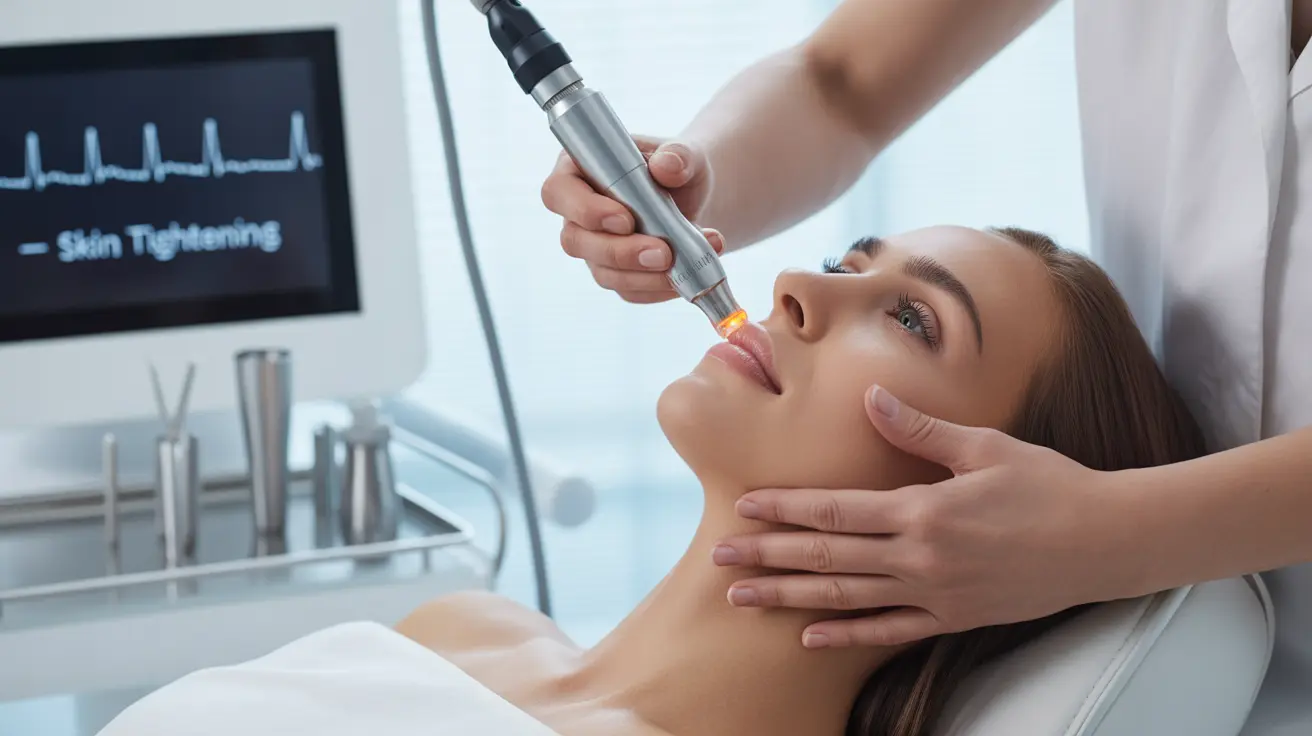FaceTite represents a breakthrough in minimally invasive facial rejuvenation, offering patients a modern alternative to traditional facelift surgery. This innovative procedure uses radiofrequency-assisted lipolysis (RFAL) technology to tighten skin and reduce fat in specific facial areas, helping to restore a more youthful appearance with minimal downtime.
As more people seek effective but less invasive cosmetic solutions, understanding the benefits, limitations, and expectations of FaceTite becomes increasingly important. This comprehensive guide will explore everything you need to know about this cutting-edge treatment.
Understanding FaceTite Technology
FaceTite employs advanced radiofrequency energy to simultaneously melt fat and contract skin tissues. The procedure utilizes a thin probe that delivers controlled thermal energy beneath the skin's surface, while a external electrode guides the energy distribution for optimal results.
The technology creates a precise heating pattern that triggers collagen production and tissue contraction, leading to improved skin firmness and facial contouring. This dual-action approach makes FaceTite particularly effective for addressing mild to moderate skin laxity and excess fat in the lower face and neck areas.
The FaceTite Procedure Process
Pre-Treatment Preparation
Before undergoing FaceTite, patients typically receive local anesthesia to ensure comfort during the procedure. The treatment area is carefully marked and sterilized, and vital signs are monitored throughout the process.
During Treatment
The procedure usually takes 1-2 hours, depending on the treatment areas. The surgeon carefully guides the FaceTite probe through small incisions, delivering radiofrequency energy to precise depths for optimal fat reduction and skin tightening.
Benefits and Target Areas
FaceTite can effectively address multiple concerns, including:
- Jowls and loose neck skin
- Double chin
- Nasolabial folds
- Mid-face sagging
- Marionette lines
The procedure is particularly beneficial for patients seeking improvement in facial contours without the extensive recovery time associated with traditional facelifts.
Recovery and Results Timeline
Most patients experience minimal downtime following FaceTite treatment. Initial swelling and bruising typically subside within 5-10 days. While some results are visible immediately, optimal outcomes develop over 3-6 months as collagen remodeling continues.
Frequently Asked Questions
What is FaceTite and how does it work to tighten skin and reduce facial fat?
FaceTite is a minimally invasive procedure that uses radiofrequency energy to melt fat and tighten skin simultaneously. The technology delivers controlled heat through a small probe beneath the skin, triggering collagen production and tissue contraction while eliminating unwanted fat cells.
What are the common side effects and risks associated with the FaceTite procedure?
Common side effects include temporary swelling, bruising, and numbness in the treated areas. While rare, potential risks include infection, prolonged swelling, irregular contours, and thermal injury. Working with a board-certified provider significantly reduces these risks.
How long does it take to recover from FaceTite and what should I expect during the healing process?
Recovery typically takes 5-10 days for most patients. During this time, you may experience swelling, mild discomfort, and temporary numbness. Most patients can return to work within 3-5 days, though strenuous activity should be avoided for 2 weeks.
How do FaceTite results compare to a traditional surgical facelift in terms of effectiveness and downtime?
While FaceTite cannot replicate the dramatic results of a surgical facelift, it offers significant improvement for mild to moderate skin laxity with considerably less downtime. Traditional facelifts require 2-3 weeks of recovery, while FaceTite patients typically resume normal activities within days.
Is FaceTite safe for all skin types, and who is the ideal candidate for this treatment?
FaceTite is generally safe for all skin types, but ideal candidates are individuals in their 30s to 60s with mild to moderate skin laxity and good skin elasticity. The best candidates maintain a stable weight and have realistic expectations about results. Those with severe skin laxity or significant sun damage may be better suited for traditional surgical options.




